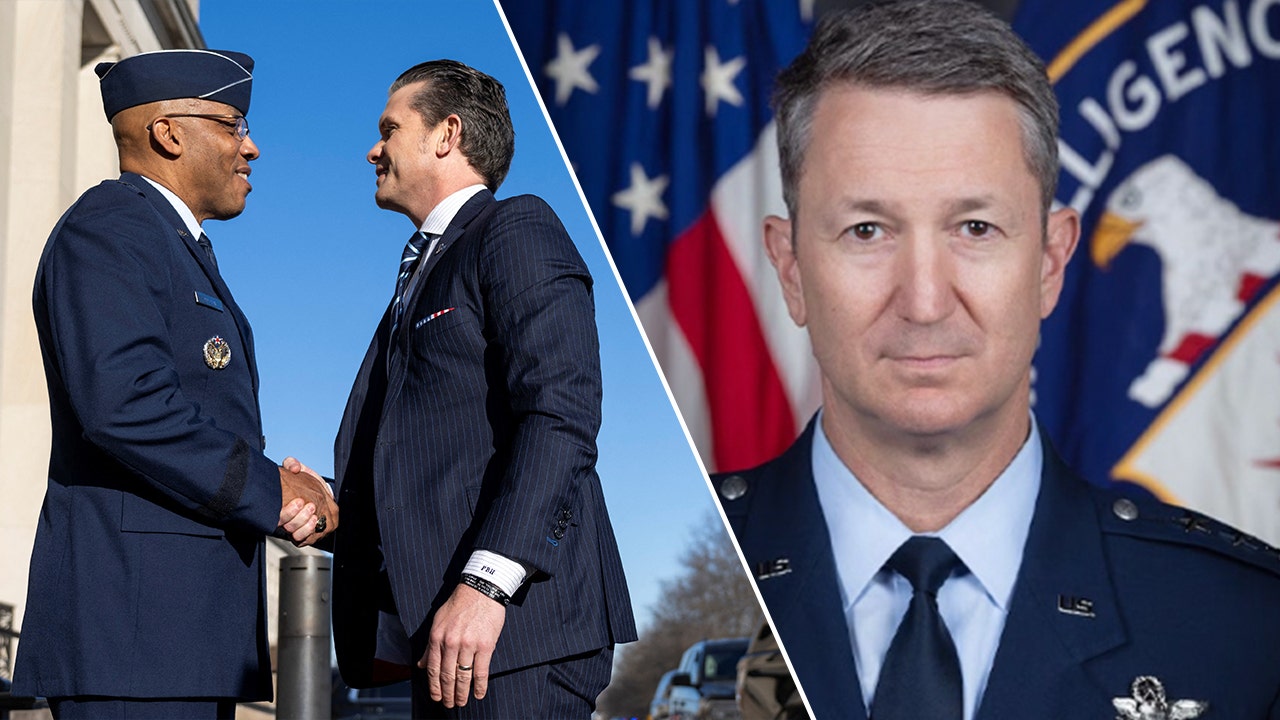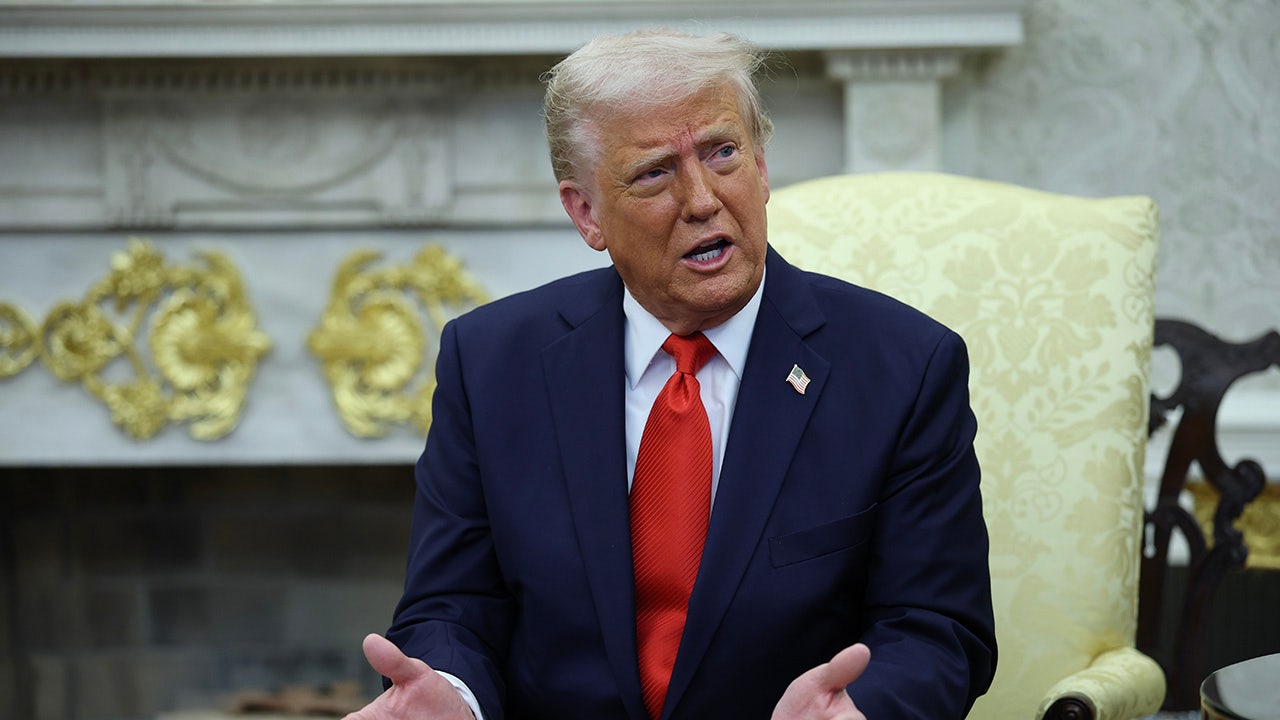Who is Daniel ‘Razin’ Caine? Air Force general tapped for top advisor role in Pentagon upheaval

The Trump administration’s recent shakeup at the Pentagon on Friday evening sent shockwaves through the military establishment, with the firing of six senior officers and the appointment of a new chairman of the Joint Chiefs of Staff. Secretary Pete Hegseth wasted no time in upending the agency’s leadership, making good on promises to bring in new faces and fresh perspectives.
In a bold move, President Donald Trump and Hegseth decided to fire Gen. C.Q. Brown, the chairman of the Joint Chiefs of Staff, and replace him with Lt. Gen. Dan Caine. Caine, a relatively unknown figure, caught the president’s attention with his unconventional approach to warfare and special operations. Trump was particularly impressed by Caine’s bold proposal to defeat ISIS quickly by utilizing a surge of resources and lifting restrictions on engagement during a meeting at the Al Asad airbase in Iraq in December 2018.
Caine, known as “Razin” for his aggressive fighting style, was nominated by Trump on Friday to take on the role of chairman of the Joint Chiefs of Staff. His background as an accomplished pilot, national security expert, successful entrepreneur, and warfighter with extensive interagency and special operations experience made him an attractive choice for the president. Despite not meeting all the prerequisites for the position, Caine’s nontraditional path through the military ranks and business world set him apart from other candidates.
The appointment of Caine has left Pentagon watchers curious about the direction he will take in his new role. While some see him as an inspired pick with a remarkable background, others question his lack of command experience for such a high-level position. Critics argue that Trump’s preference for advisors with limited qualifications at the senior levels could have negative implications for military strategy and decision-making.
In addition to Caine’s appointment, the administration also relieved several other senior officers, including Adm. Lisa Franchetti, Gen. Jim Slife, and the judge advocates general of the Army, Navy, and Air Force. Hegseth’s decision to remove these officials, particularly the judge advocates general, signals a potential shift in policy towards granting greater authority to forces on the ground without legal constraints. This move aligns with Hegseth’s criticism of what he sees as an overly cautious approach to prosecuting war crimes.
The appointment of Caine, with his background in covert operations, and the removal of top military lawyers could signify a new focus on covert operations and counter-narcotics strikes, particularly in Latin America. This shift in military strategy could lead to changes in troop postures in certain regions and new missions targeting drug cartels. While proponents of this approach see it as necessary for achieving victory, critics warn of potential controversies and legal implications.
Overall, the Trump administration’s shakeup at the Pentagon has set the stage for a new era in military leadership and strategy. With Caine at the helm and a focus on unconventional warfare, the Pentagon is poised to undergo significant changes in the coming months.




